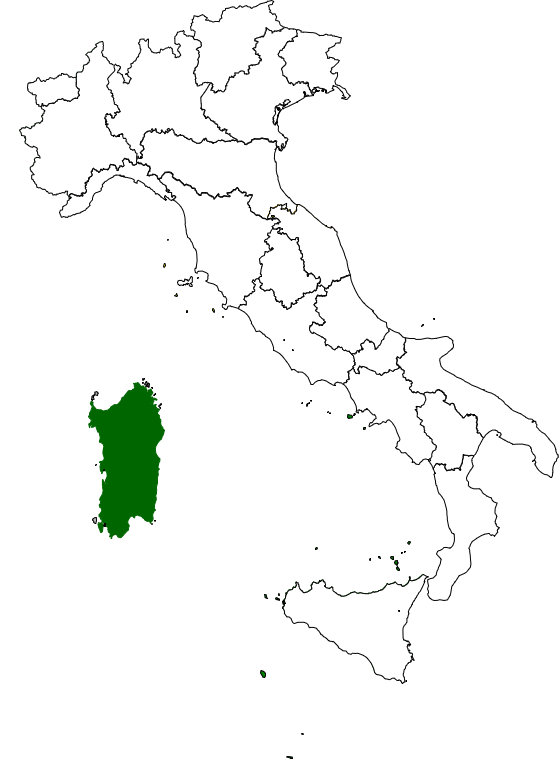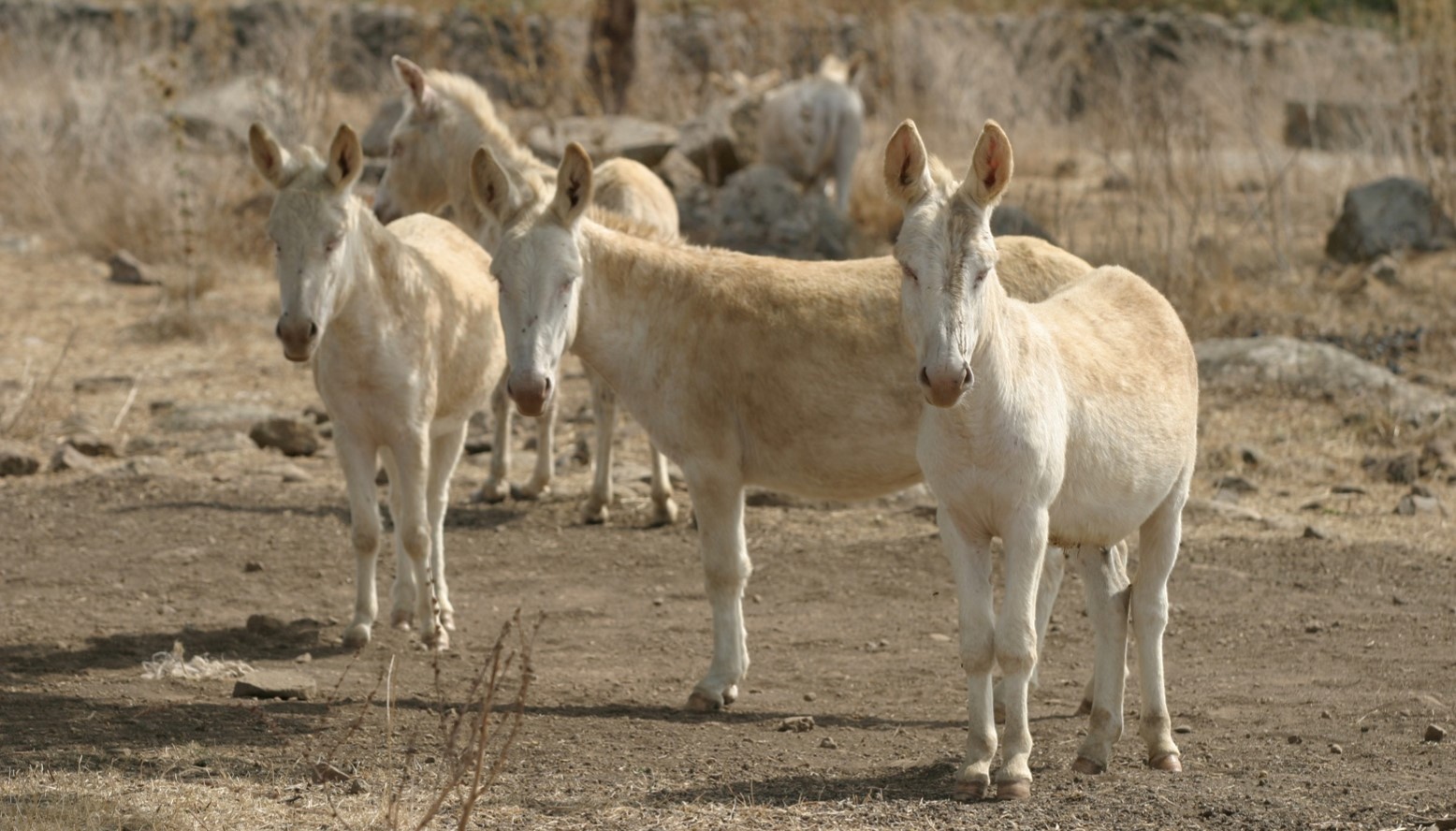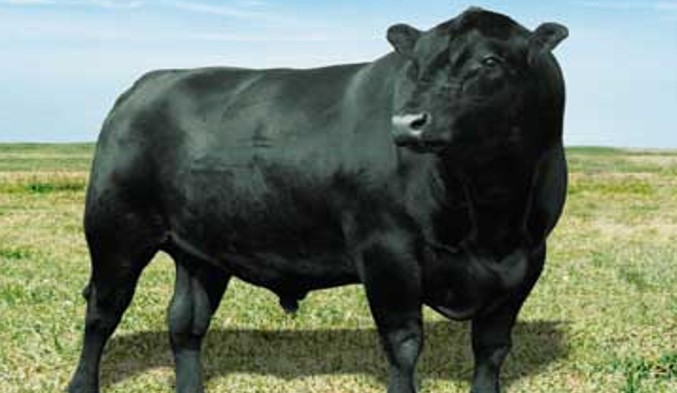Origini
Razza autoctona dell’omonima isola situata a nord-ovest della Sardegna. Alcune testimonianze narrano della presenza di asini bianchi a partire dalla fine del XIX secolo; non si esclude tuttavia l’ipotesi che gli attuali soggetti derivino da asini bianchi importati dall’Egitto dal Duca dell’Asinara nel 1800.
Dove è allevata
Attualmente annovera una popolazione di circa 210 capi iscritti al RA presenti in circa 40 allevamenti

Caratteristiche
Il mantello è bianco con muso roseo e occhi rosa-celesti ; la cute è di colore rosa (albinismo parziale).
Testa quadrangolare con collo corto.
Di piccola taglia raggiunge un’altezza al garrese compresa tra gli 80 ed i 105 cm sia nei maschi che nelle femmine.
Animale rustico e frugale vive allo stato brado tutto l’anno.
Attitudini
Costituisce da diversi anni un simbolo per l’omonima isola, che dal 2002 è Parco Nazionale, rappresentando un patrimonio faunistico di rilevante importanza scientifico-culturale.
Grazie al pascolo nel sottobosco contribuiscono indirettamente alla prevenzione dagli incendi.
Origins
Autochthonous breed of Asinara island located in the north-west of Sardinia. According to some testimonies, white donkeys lived in the island from the end of the nineteenth century; however, the hypothesis that the breed could origin from white donkeys imported from Egypt by the Duke of Asinara in 1800 is not excluded.
Peculiarities
Population: 210 heads in 40 farms.
The coat is white with rosy snout, pinkish-blue eyes and pink skin (partial albinism). Head is quadrangular with short neck. The size is small (withers height between 80 and 105 cm both in males and females).
Animals are rustic and frugal free-ranging all year round.
Attitudes
For several years it has been a symbol for Asinara island (National Park since 2002) and is now a significant scientific, cultural and faunistic heritage.
With its grazing in the underwood indirectly contributes to the prevention of fires.



